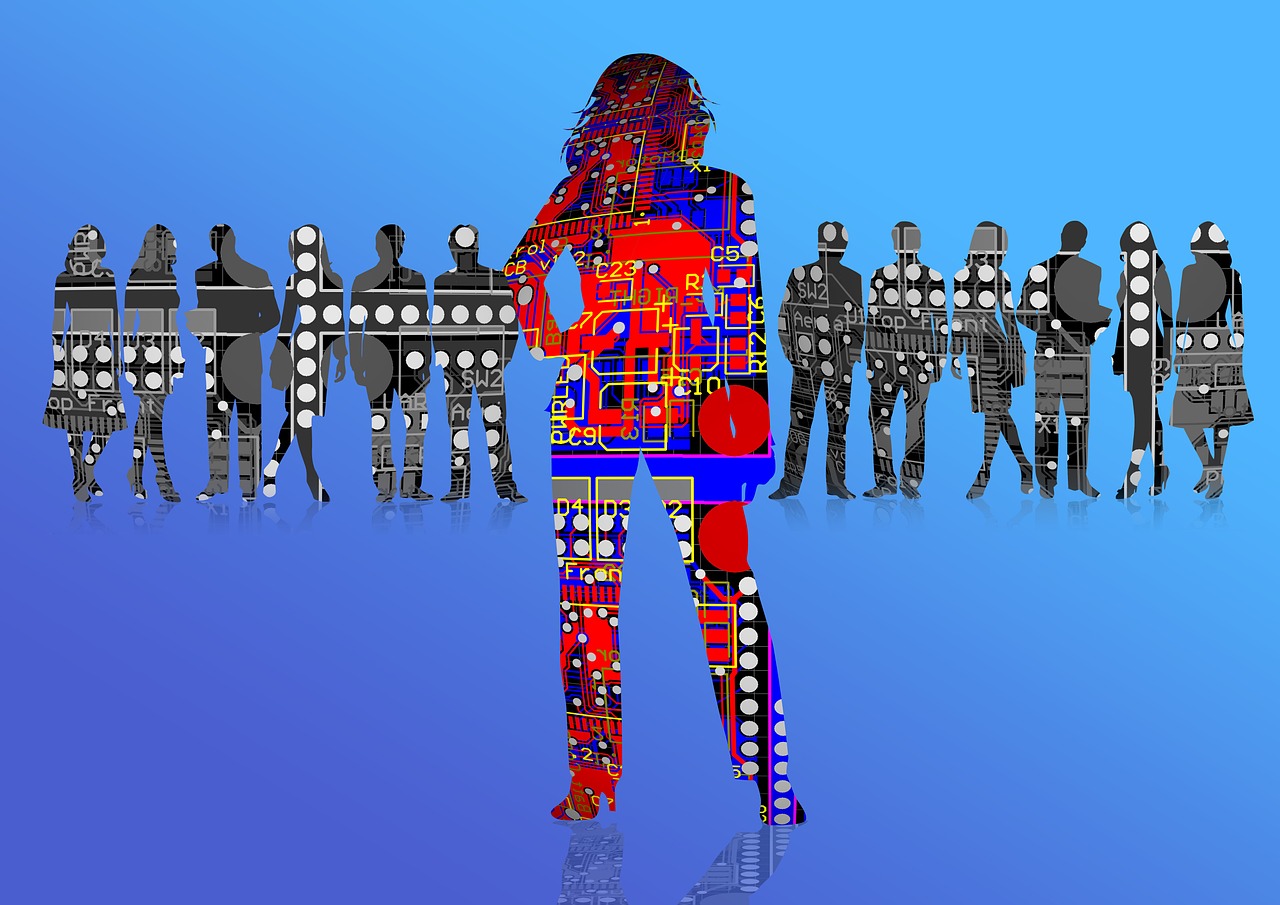 EMERGING TECH
EMERGING TECH
 EMERGING TECH
EMERGING TECH
 EMERGING TECH
EMERGING TECH
Apple Inc.’s director of artificial intelligence research said earlier this week that the company will start publishing its research on AI. Now, Apple has revealed more about exactly what it’s working on.
According to slides and notes of Russ Salakhutdinov’s presentation at the Neural Information Processing Systems conference in Barcelona, Apple is actively investigating “volumetric detection of LiDAR” and “prediction of structured outputs.”
Quartz notes that the slides reveal that Apple “is working on a lot of the same problems as other companies that are exploring machine learning: recognizing and processing images, predicting user behavior and events in the physical world, modeling language for use in personal assistants, and trying to understand how to deal with uncertainty when an algorithm can’t make a high-confidence decision.”
In another point of the presentation, Salakhutdinov detailed Apple’s superiority in image recognition that is able to “process twice as many photos per second as Google’s, or 3,000 images per second versus Google’s 1,500 per second, using roughly one-third of the GPUs”:
The comparison was made against algorithms running on Amazon Web Services, a standard in cloud computing … Another slide focused on Apple’s ability to build neural networks that are 4.5 times smaller than the originals with no loss in accuracy, and twice the speed …
The particular research into volumetric detection of LiDAR (light detection and ranging), a remote sensing method that uses light in the form of a pulsed laser to measure ranges, gives credence to news that Apple once again is investing in self-driving cars.
Using LiDAR in self-driving cars has its critics, including most notably Tesla Motors Inc. Chief Executive Elon Musk, who is on record saying that “for full autonomy you’d really want to have a more comprehensive sensor suite and computer systems that are fail-proof. That said, I don’t think you need LiDAR. I think you can do this all with passive optical and then maybe one forward radar.”
Conversely, Google does use LiDar on their self-driving cars, but the technology has been traditionally highly expensive.
Either way, Apple’s research into LiDAR could only be important for a self-driving car project. What form that project takes remains the outstanding mystery.
Support our open free content by sharing and engaging with our content and community.
Where Technology Leaders Connect, Share Intelligence & Create Opportunities
SiliconANGLE Media is a recognized leader in digital media innovation serving innovative audiences and brands, bringing together cutting-edge technology, influential content, strategic insights and real-time audience engagement. As the parent company of SiliconANGLE, theCUBE Network, theCUBE Research, CUBE365, theCUBE AI and theCUBE SuperStudios — such as those established in Silicon Valley and the New York Stock Exchange (NYSE) — SiliconANGLE Media operates at the intersection of media, technology, and AI. .
Founded by tech visionaries John Furrier and Dave Vellante, SiliconANGLE Media has built a powerful ecosystem of industry-leading digital media brands, with a reach of 15+ million elite tech professionals. The company’s new, proprietary theCUBE AI Video cloud is breaking ground in audience interaction, leveraging theCUBEai.com neural network to help technology companies make data-driven decisions and stay at the forefront of industry conversations.